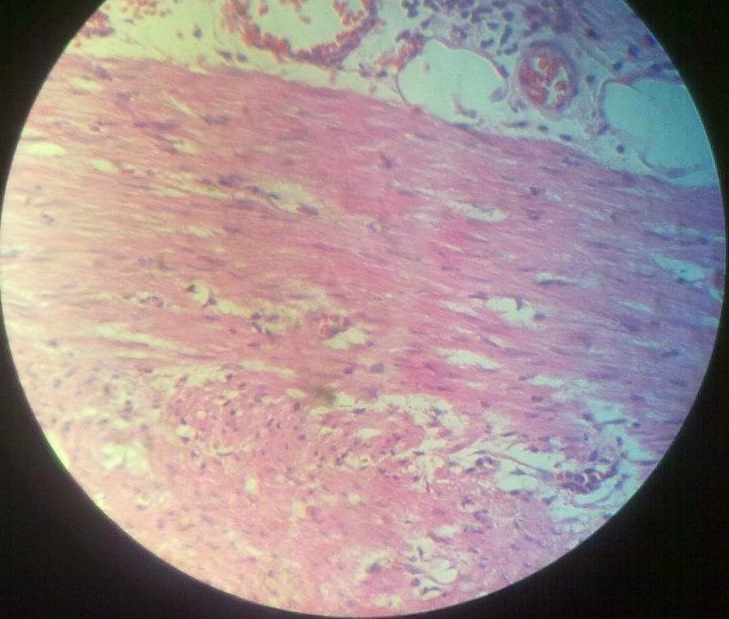Acute inflammation is a host response that serves to deliver white blood cells and plasma proteins to the site of infection or tissue injury.
It has three main components:
- Change in vascular caliber causing increased blood flow.
- Structural changes that allow white blood cells and plasma proteins to leave the circulation.
- Immigration of white blood cells and their accumulation at the focus of injury and subsequent activation.
Acute Appendicitis
It is an inflammatory disorder of wall of appendix that eventually leads to transmural involvement, perforation or even peritonitis if left untreated. Appendix is located in the right iliac fossa and is covered by peritoneum called mesoappendix.
Causes
- Mechanical obstruction by fecal matter
- Parasitic infestation especially enterobius
- Obstruction due to foreign body like vegetable matter
- Lymphoid hyperplasia that can also lead to wall defects as a result of viral or bacterial infection, causing lumen obstruction.

Morphology
Gross
Congestion and fibrinous exudate is usually seen on external surface indicating serosal involvement. Normally glistening serosa changes to dull, granular membrane.
Cut surface
On opening the appendix, lumen usually shows fecal matter or some purulent material.
Microscopy
In early stages, only scanty or moderate neutrophilic exudate is seen throughout the mucosa, submucosa and muscularis propria. Later on, neutrophilic infiltration becomes more marked and involves serosal surface as well. The histologic criteria for diagnosis of acute appendicitis is neutrophilic infiltration of muscularis propria.
Complications
- Abscess formation
- Peritonitis
- Fistula formation
Want a cleater concept, also
See all images on Acute Inflammation
 howMed Know Yourself
howMed Know Yourself




